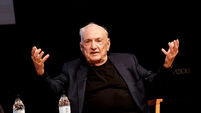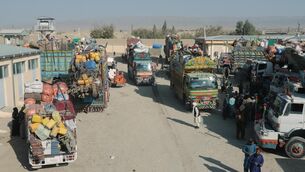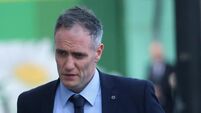Gouge found on space shuttle belly
Nasa discovered a worrisome gouge on Endeavour’s belly soon after the shuttle docked with the international space station, possibly caused by ice that broke off the fuel tank a minute after lift-off.
The gouge, about 3ins square, was spotted in zoom-in photography taken by the space station crew shortly before Endeavour delivered the seven-member crew to the orbiting outpost.














